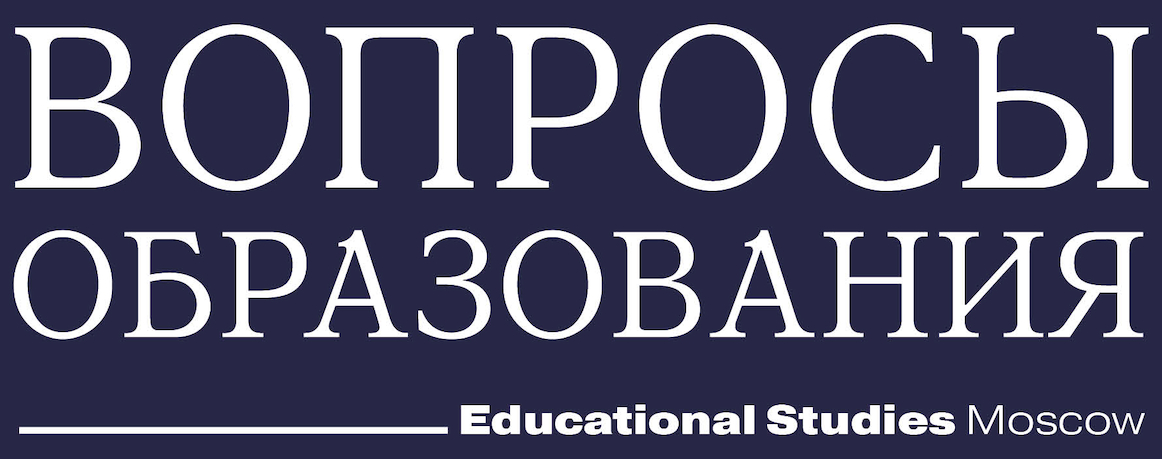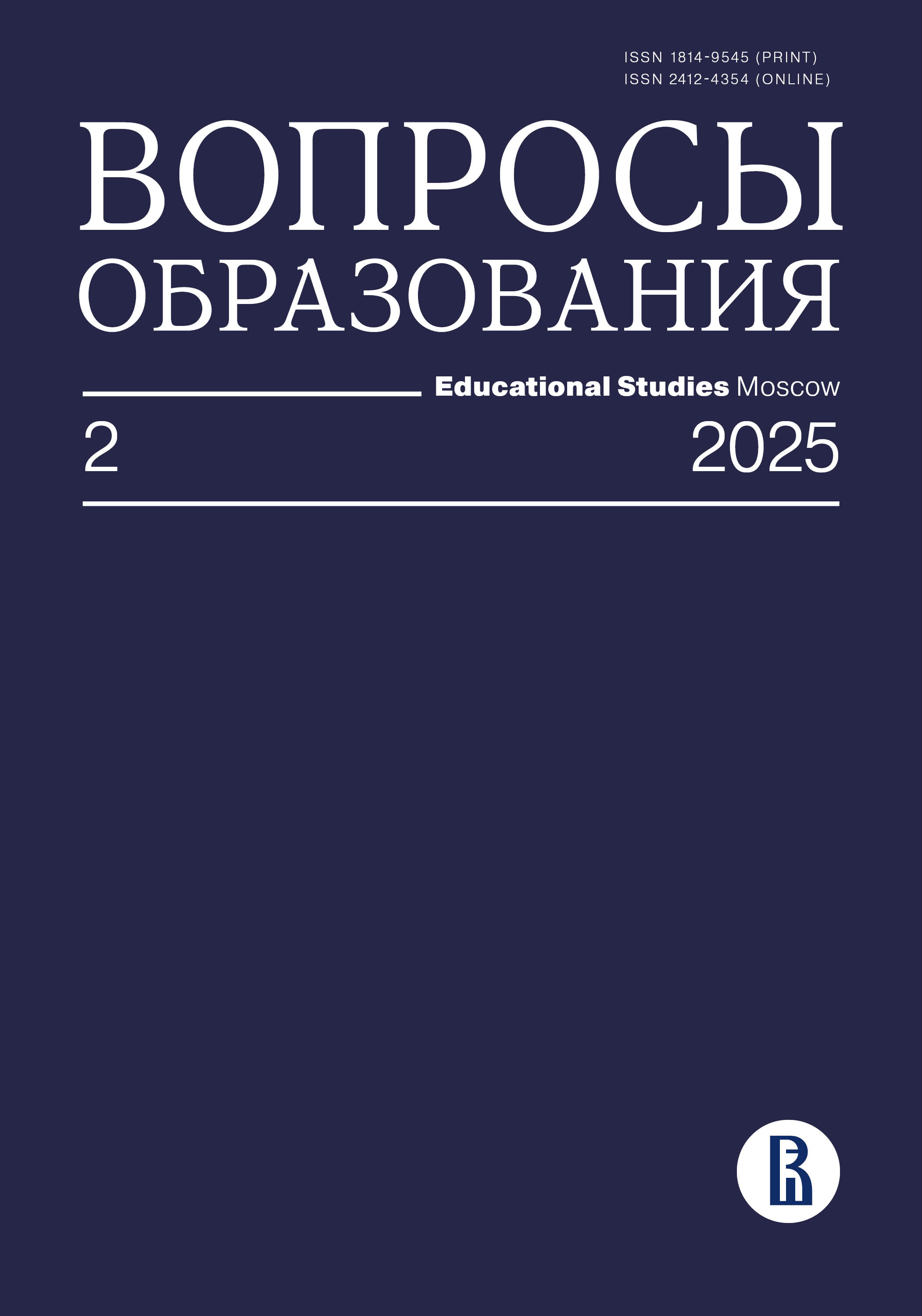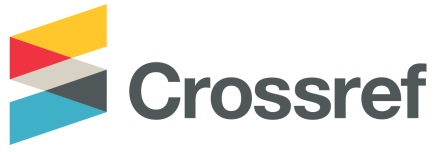Роль структуры социальных связей в достижении академических успехов
Аннотация
Проведено исследование с целью оценить влияние сети социальных взаимодействий в студенческом сообществе на академические результаты студентов, обучающихся на экономическом факультете МГУ им. М.В. Ломоносова. Анализируется проявление эффектов сообучения в академических результатах по двум обязательным предметам: математическому анализу и эконометрике. Данные о структуре социальной сети получены при помощи опроса. Эффект сообучения оценивается с помощью «линейной-в-средних» модели с использованием инструментальных переменных и стохастической акторно-ориентированной модели (SAOM). По результатам оценивания первой модели выявлен значимый эффект сообучения для сети взаимодействий по учебе, но не для дружеской сети. Результаты построения модели SAOM показали, что успеваемость учащихся, составляющих социальное окружение студента, оказывает положительное влияние на его успеваемость. Результаты исследования могут быть полезны при формировании академических групп, организации проектной работы и планировании учебного процесса.
Скачивания
Литература
Andrushchak G.V., Poldin O.V., Judkevich M.M. (2012) Peer Effects in Exogenously Formed Student Groups. Applied Econometrics, no 2(26), pp. 3–16 (In Russian).
Angrist J.D. (2014) The Perils of Peer Effects. Labour Economics, vol. 30, October, pp. 98–108. https://doi.org/10.1016/j.labeco.2014.05.008
Boef A.G.C., Dekkers O.M., Vandenbroucke J.P., Le Cessie S. (2014) Sample Size Importantly Limits the Usefulness of Instrumental Variable Methods, Depending on Instrument Strength and Level of Confounding. Journal of Clinical Epidemiology, vol. 67, no 11, pp. 1258–1264. https://doi.org/10.1016/j.jclinepi.2014.05.019
Boucher V., Bramoullé Y., Djebbari H., Fortin B. (2014) Do Peers Affect Student Achievement? Evidence from Canada Using Group Size Variation. Journal of Applied Econometrics, vol. 29, no 1, pp. 91–109. https://doi.org/10.1002/jae.2299
Bound J., Jaeger D.A., Baker R.M. (1995) Problems with Instrumental Variables Estimation when the Correlation between the Instruments and the Endogeneous Explanatory Variable Is Weak. Journal of the American Statistical Association, 90(430), pp. 443–450. https://doi.org/10.2307/2291055
Bramoullé Y., Djebbari H., Fortin B. (2020) Peer Effects in Networks: A Survey. Annual Review of Economics, vol. 12, pp. 603–629. https://doi.org/10.1146/annurev-economics-020320-033926
Bramoullé Y., Djebbari H., Fortin B. (2009) Identification of Peer Effects through Social Networks. Journal of Econometrics, vol. 150, no 1, pp. 41–55. https://doi.org/10.1016/j.jeconom.2008.12.021
Brunello G., De Paola M., Scoppa V. (2010) Peer Effects in Higher Education: Does the Field of Study Matter? Economic Inquiry, vol. 48, no 3, pp. 621–634. https://doi.org/10.1111/j.1465-7295.2009.00235.x
Burke M.A., Sass T.R. (2013) Classroom Peer Effects and Student Achievement. Journal of Labor Economics, vol. 31, no 1. https://doi.org/10.1086/666653
Carrell S.E., Fullerton R.L., West J.E. (2009) Does Your Cohort Matter? Measuring Peer Effects in College Achievement. Journal of Labor Economics, vol. 27, no 3, pp. 439–464. https://doi.org/10.1086/600143
Carrell S.E., Sacerdote B.I., West J.E. (2013) From Natural Variation to Optimal Policy? The Lucas Critique Meets Peer Effects. Econometrics, vol. 81, no 3, pp. 855–882. https://doi.org/10.3982/ECTA10168
Crown W.H., Henk H.J., Vanness D.J. (2011) Some Cautions on the Use of Instrumental Variables Estimators in Outcomes Research: How Bias in Instrumental Variables Estimators Is Affected by Instrument Strength, Instrument Contamination, and Sample Size. Value in Health, vol. 14, no 8, pp. 1078–1084. https://doi.org/10.1016/j.jval.2011.06.009
De Melo G. (2014) Peer Effects Identified through Social Networks: Evidence from Uruguayan Schools. Banco de México Working Papers no 2014-05. México: Banco de México, Ciudad de México. https://doi.org/10.36095/banxico/di.2014.05
Dokuka S.V. (2021) Social Environment and Academic Performance: A Systematic Review of Stochastic Actor-Oriented Research. Sotsiologicheskiy Zhurnal / Sociological Journal, vol. 27, no 3, pp. 175–191 (In Russian). https://doi.org/10.19181/socjour.2021.27.3.8429
Dokuka S.V. (2021) Stochastic Actor-Oriented Models in the Analysis of Co-Evolution of Networks and Behavior. Monitoring of Public Opinion: Economic and Social Changes, no 2, pp. 273–285 (In Russian). https://doi.org/10.14515/monitoring.2021.2.1806
Dokuka S.V., Valeeva D.R., Yudkevich M.M. (2015) Co-Evolution of Social Networks and Student Performance. Voprosy obrazovaniya / Educational Studies Moscow, no 3, pp. 44–65 (In Russian). https://doi.org/10.17323/1814-9545-2015-3-44-65
Duncan G.J., Boisjoly J., Kremer M., Levy D.M., Eccles J. (2005) Peer Effects in Drug Use and Sex among College Students. Journal of Abnormal Child Psychology, vol. 33, no 3, pp. 375–385. https://doi.org/10.1007/s10802-005-3576-2
Estrada J. (2021) netivreg: Estimation of Peer Effects in Endogenous Social Networks. Proceeding of the 2021 Stata Conference (virtual, 2021, 5–6 August), Article no 16.
Golsteyn B.H.H., Non A., Zölitz U. (2021) The Impact of Peer Personality on Academic Achievement. Journal of Political Economy, vol. 129, no 4, pp. 1052–1099. https://doi.org/10.1086/712638
Hoxby C.M. (2000) Peer Effects in the Classroom: Learning from gender and Race Variation. NBER Working Paper no 7867. http://dx.doi.org/10.3386/w7867
Lin X. (2005) Peer Effects and Student Academic Achievement: An Application of Spatial Autoregressive Model with Group Unobservables. Unpublished Manuscript Ohio State University.
Lomi A., Snijders T.A.B., Steglich C.E.G., Torló V.J. (2011) Why Are Some More Peer Than Others? Evidence from a Longitudinal Study of Social Networks and Individual Academic Performance. Social Science Research, vol. 40, no 6, pp. 1506–1520 https://doi.org/10.1016/j.ssresearch.2011.06.010
Lyle D.S. (2009) The Effects of Peer Group Heterogeneity on the Production of Human Capital at West Point. American Economic Journal: Applied Economics, vol. 1, no 4, pp. 69–84. https://doi.org/10.1257/app.1.4.69
Manski C.F. (1993) Identification of Endogenous Social Effects the Reflection Problem. Review of Economic Studies, vol. 60, no 3, pp. 531–542. https://doi.org/10.2307/2298123
Patacchini E., Rainone E., Zenou Y. (2017) Heterogeneous Peer Effects in Education. Journal of Economic Behavior and Organization, vol. 134, February, pp. 190–227. https://doi.org/10.1016/j.jebo.2016.10.020
Poldin O.V., Yudkevich M.M. (2011) Peer-Effects in Higher Education: A Review of Theoretical and Empirical Approaches. Voprosy obrazovaniya / Educational Studies Moscow, no 4, pp. 106–123. https://doi.org/10.17323/1814-9545-2011-4-106-123
Raabe I.J., Boda Z., Stadtfeld C. (2019) The Social Pipeline: How Friend Influence and Peer Exposure Widen the STEM Gender Gap. Sociology of Education, vol. 92, no 2, pp. 105–123. https://doi.org/10.1177/0038040718824095
Ripley R.M., Snijders T.A.B., Preciado P. (2015) Manual for RSiena. Oxford: University of Oxford.
Sacerdote B. (2001) Peer Effects with Random Assignment: Results for Dartmouth Roommates. Quarterly Journal of Economics, vol. 116, no 2, pp. 681–704. https://doi.org/10.1162/00335530151144131
Shure N. (2021) Non-Cognitive Peer Effects in Secondary Education. Labour Economics, vol. 73, December, Article no 102074. https://doi.org/10.1016/j.labeco.2021.102074
Snijders T.A.B. (2001) The Statistical Evaluation of Social Network Dynamics. Sociological Methodology, vol. 31, no 1, pp. 361–395. https://doi.org/10.1111/0081-1750.00099
Snijders T.A.B., Baerveldt C. (2003) A Multilevel Network Study of the Effects of Delinquent Behavior on Friendship Evolution. Journal of Mathematical Sociology, vol. 27, no 2–3, pp. 123–151. https://doi.org/10.1080/00222500305892
Snijders T.A.B., van de Bunt G.G., Steglich C.E.G. (2010) Introduction to Stochastic Actor-Based Models for Network Dynamics. Social Networks, vol. 32, no 1, pp. 44–60. https://doi.org/10.1016/j.socnet.2009.02.004
Valeeva D.R., Poldin O.V., Judkevich M.M. (2014) Student’s Social Ties and the Choice of Specialization. Applied Econometrics, no 2 (34), pp. 80–94 (In Russian).
Young A. (2022) Consistency without Inference: Instrumental Variables in Practical Application. European Economic Review, vol. 147, August, Article no 104112. https://doi.org/10.1016/j.euroecorev.2022.104112
Zimmerman D.J. (2003) Peer Effects in Academic Outcomes: Evidence from a Natural Experiment. Review of Economics and Statistics, vol. 85, iss. 1, pp. 9–23. https://doi.org/10.1162/003465303762687677








